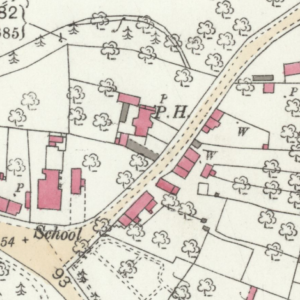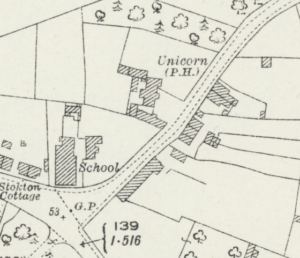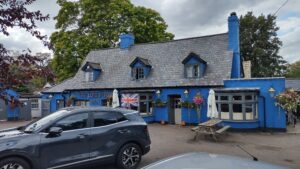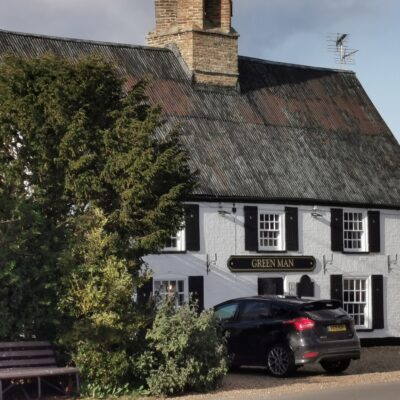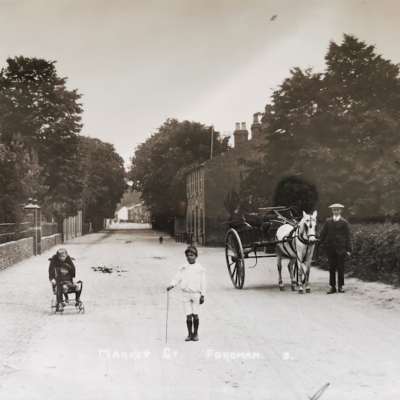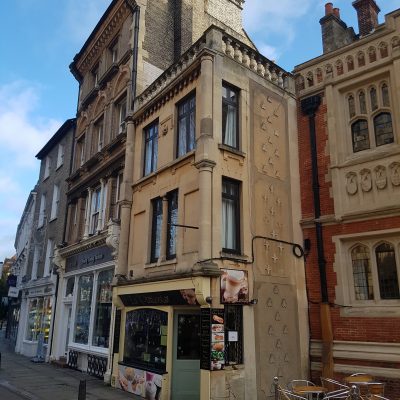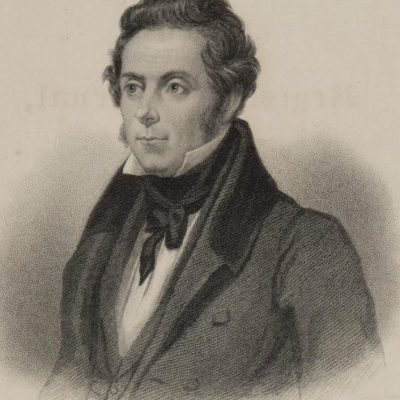Search by topic
- archaeology
- Building of Local Interest
- chapel
- charity
- church
- crime
- dressmaker
- fire
- Great Eastern Railway
- Listed building
- Mapping Relief
- medieval
- oral history
- poverty
- Public House
- Religious House
- Roman
- scholar
- school
- Then and Now
- tudor
- women
- work
- world war one
- world war two
Search by text
 The Unicorn, Trumpington c.1930
The Unicorn, Trumpington c.1930Unicorn / Lord Byron, Church Lane, Trumpington
History of the Unicorn
17th century inn
1861
Isaac Bryant, innkeeper, 29, b Herts
Elizabeth, 45, b Trumpington
Eliza Ellis, servant, 16, b Herts
1869 Isaac Bryant
1879 Isaac Bryant
1883 Frederick Jones
1891
George E Morgan, innkeeper, 37, b Lancs
Mary, 35, b Lancs
George H, 13, b Cheshire
John J, 12, b Cheshire
Richard, 9, b Cheshire
William, 7, b Cheshire
Maggie M, b Lancs
Harry, 6, b Lancs
1892 Charles Clement Williams
1901
Edward T Rogers, publican, 45, b Beds
Frances, laundress, 39, b Kent
Frederick T, upholsterers apprentice, 13, b Beds
Ada M, 12, b Beds
Kate G, 10, b Beds
Nora G, 6, b Cambridge
Mary Whiting, servant, laundress, 23, b Yorks
Daisy Stearn, servant. 20, b Trumpington
Charlotte Furness, laundress, 15, b Lancs
1904 George White
1916 Thomas Pawsey
Richard Henderson contributed the article ‘A Trumpington Scandal’ to the September 2000 edition of the Cambridge Local History Society Review. He quotes the following, Reminiscences of Trumpington Some 50 years Ago by S P Widnall dated 1889, dealing with his boyhood, presumably in the 1830s:
A fortune teller in my young days lived in one of the pair of old thatched cottages still standing a little distance back from the road about halfway between the house with the rings and the main road; she was reputed a witch, her common appellation was Mother Sivill. I remember hearing of persons going to have their fortunes told, or to inquire [sic] as to future event. I believe she was a bad old woman and had to pay periodic visits to the magistrates to be punished for her ill doings. I heard of her sleeping in the church porch, and I believe she once stood in the pillory of Cambridge.
Mother Sivill is also mentioned in the description of a lantern slide show on the history of Cambridge given in 1931 by P R Robinson, headteacher of Trumpington School. He referred to ‘Buggingham Palace – a piece of ground on the right had side of the road as we go towards Cambridge‘ where an old tumbled down cottage stood which was once the home of someone called Mother Sivell who was place in the pillory for one hour and pelted with eggs and other soft fruit (believed to be the last occasion this punishment was inflicted). Robinson said that ‘for a piece of silver she guaranteed to give your enemy trouble by causing the chicken to have the roup, his cattle the ganders, his pigs the fever and his wife the creeping palsy or any other trouble.’
‘Trumpington 50 years ago’ by W E Dring, 1974, states: Just down Grantchester Lane on the left, past a row of old Cottages was a triangular piece of land reputed to have once been the site of a witch’s cottage. She was supposed to have cursed the land when she died and certainly I don’t remember a good crop of anything being grown on it.
Henderson also refers to a story passed on his by his mother. In 1921 her mother told her that the Pemberton family had been cursed by someone evicted from their cottage by the family. The curse was that no male heirs would inherit the Pemberton lands for three or four generations. This was evidenced by the names of two members of the Pemberton family on the Trumpington War Memorial.
Henderson concludes that there is likely to have been someone reputed to have been a witch who lived, probably in Grantchester lane, on the opposite side to the Unicorn. She seems to have been prosecuted at least twice. She was still alive in the 1830s, the cottage was still standing in 1889 [therefore may well be shown on the 1886 map] but by 1931 the cottage had been demolished.
Comparing the 1886 OS map with the 1927 version, the only candidate for the lost cottage seems to be the smaller of the three buildings marked in pink opposite the P.H. on the 1886 map. By 1927 the smaller one at the south end seems to have disappeared.
Henderson’s article produces evidence of a Susanna Seville, wife of John Seville, who was indicted in 1806 for keeping a disorderly house and sentenced to two hours in the pillory. The Cambridge Chronicle reported: On Saturday last Susanna Seville stood on the pillory in the Market Place, agreeable to her sentence at the last quarter sessions …. for keeping a disorderly house. She was very talkative and impudent abusing many persons whom she saw among the spectators in vulgar and indecent language, and in her whole conduct she showed a most depraved and abandoned spirit. Further prosecutions followed and in 1826 she was indicted again for keeping a disorderly house by the Trumpington overseers. The Cambridge Chronicle told that a number of witnesses had testified that “gentleman and girls” came and went . One witness was one of the girls herself, Lydia Stearn, who said that she had first met Susanna Seville when she went to have her fortune told. The verdict was that Susanna Seville should serve two years hard labour and on release should lodge sureties of £25 for her good behaviour, or serve another two years in prison.
Note by David Gent:
Then and Now – The Lord Byron Public House, Trumpington. Originally known as The Unicorn it was renamed in about 2012.
The first picture is an undated postcard. I can just make out the name of the landlord over the door as William Smallwood. A quick bit of research shows he was born in 1902 in London. On the 1934 Electoral Roll he is shown as residing at the Unicorn in Trumpington with his wife, Eileen. By the time of the 1939 register William and Eileen were living in Sussex. This helps to date the picture as being taken between the two World Wars.
Then and Now
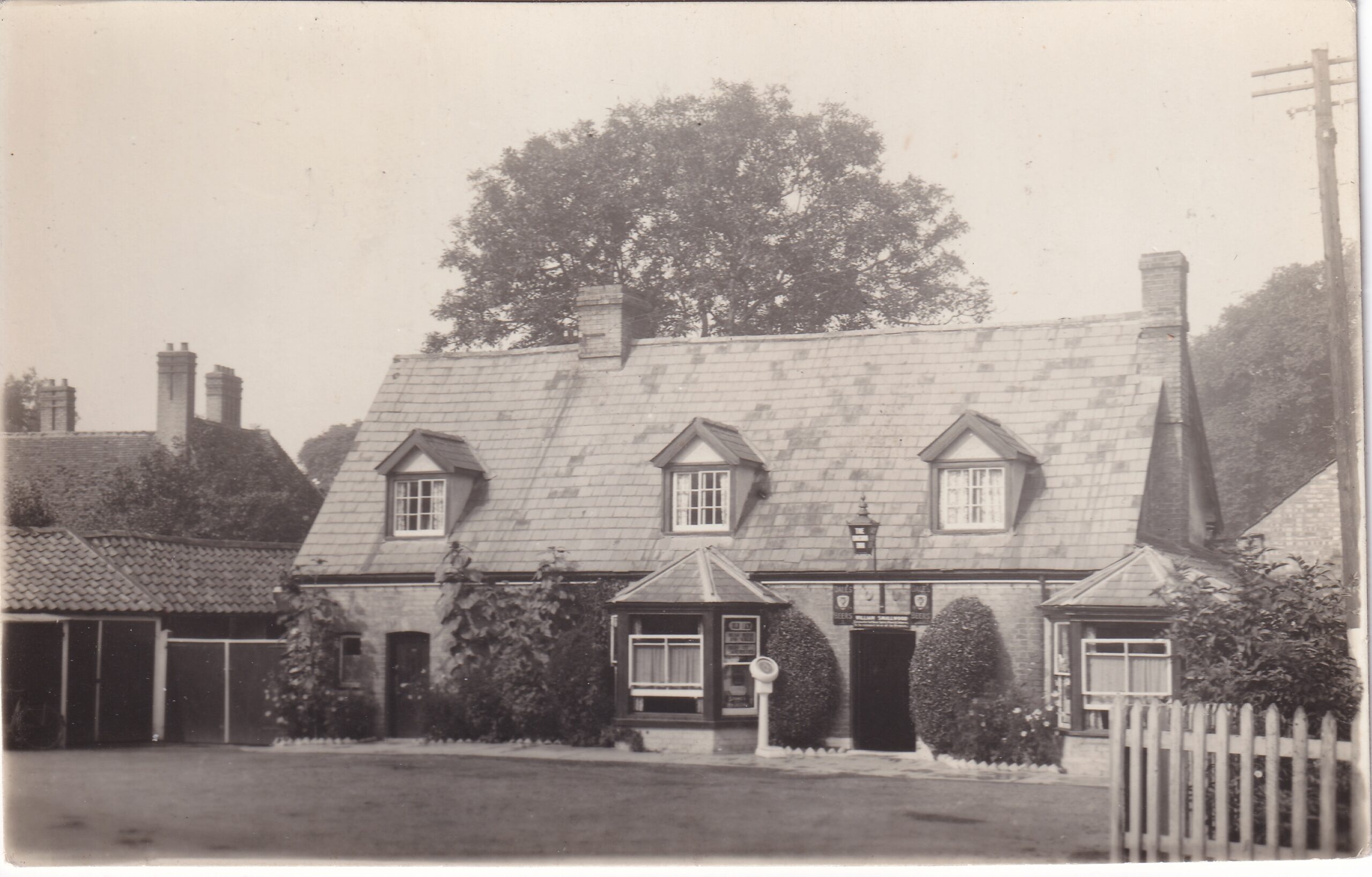
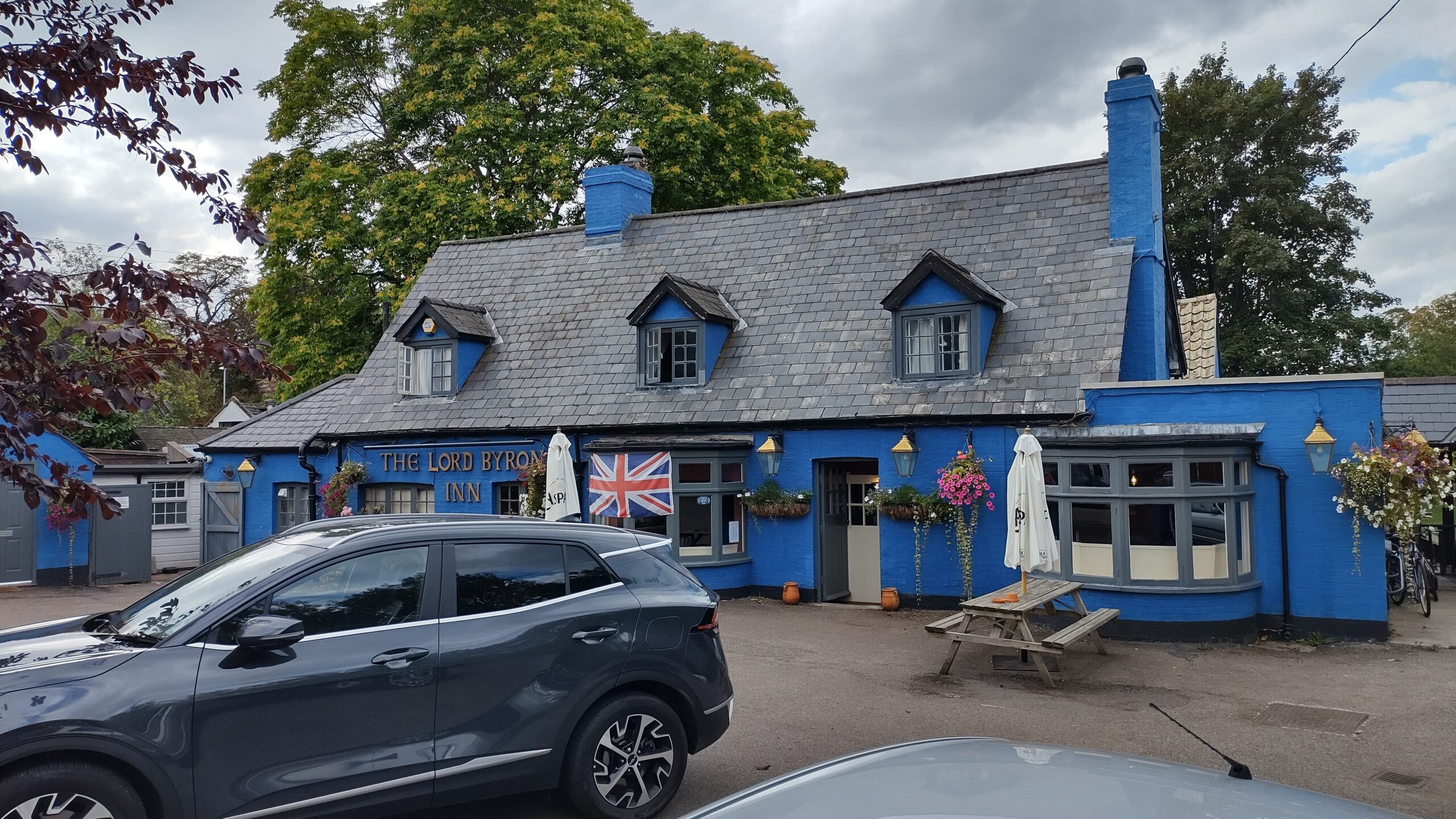
Contribute
Do you have any information about the people or places in this article? If so, then please let us know using the Contact page or by emailing capturingcambridge@
License
This work is licensed under CC BY-NC-SA 4.0





